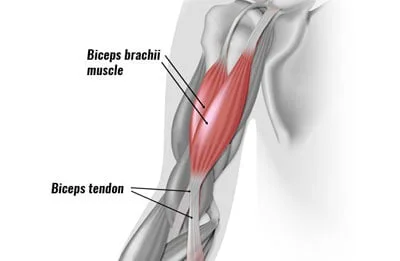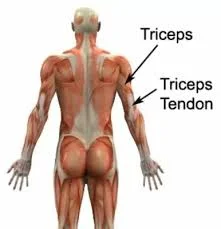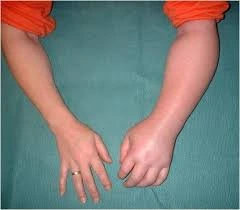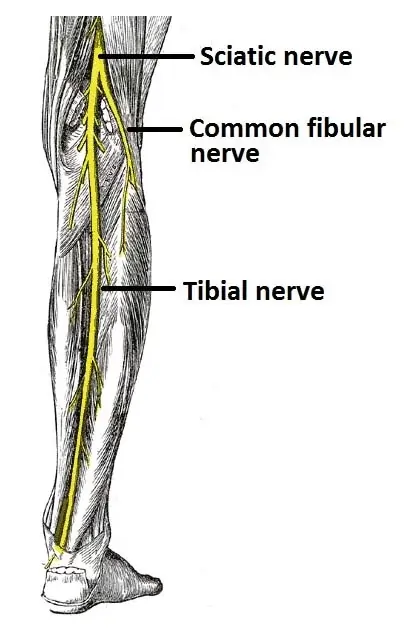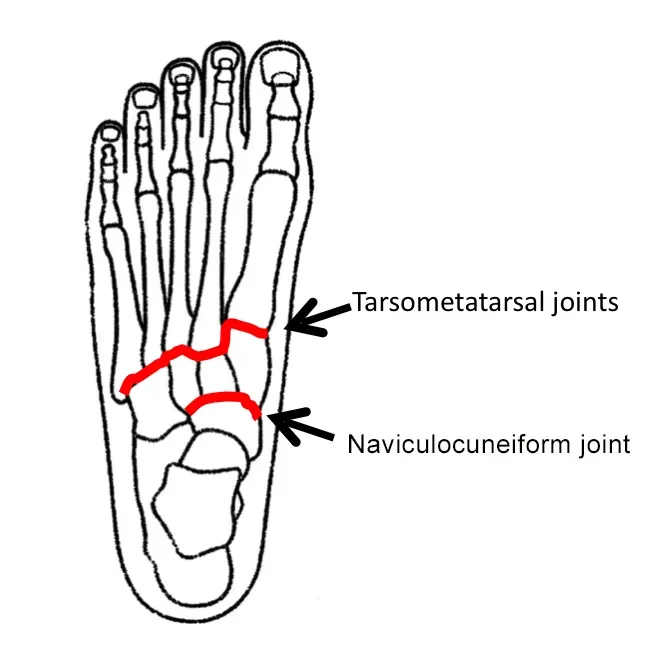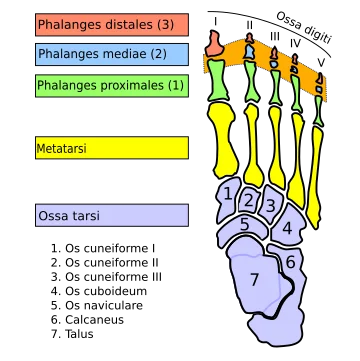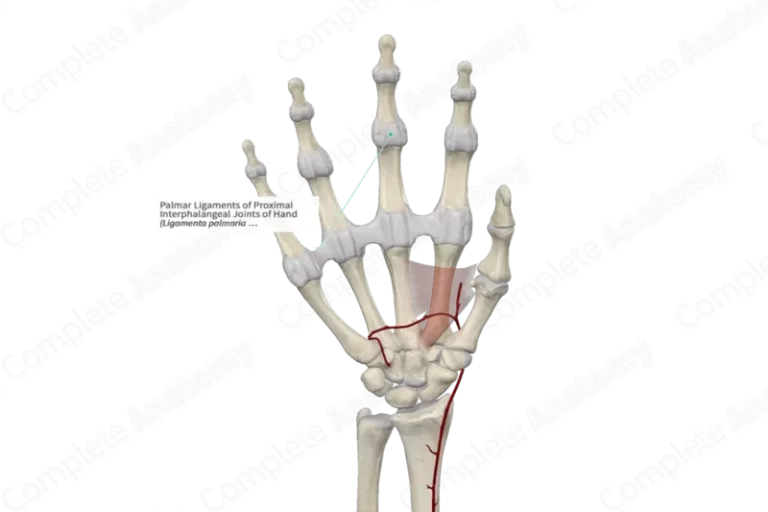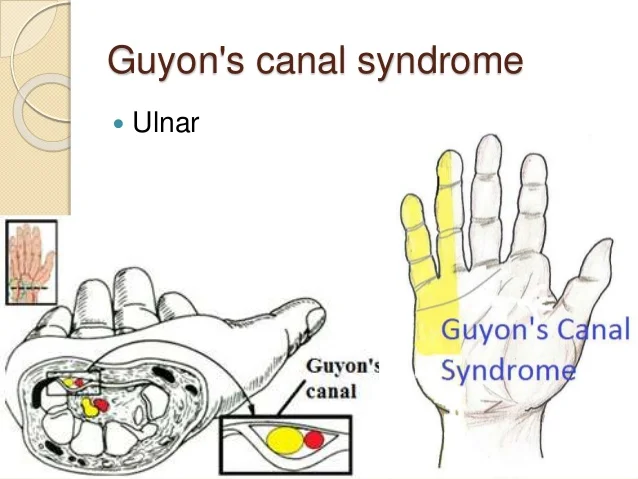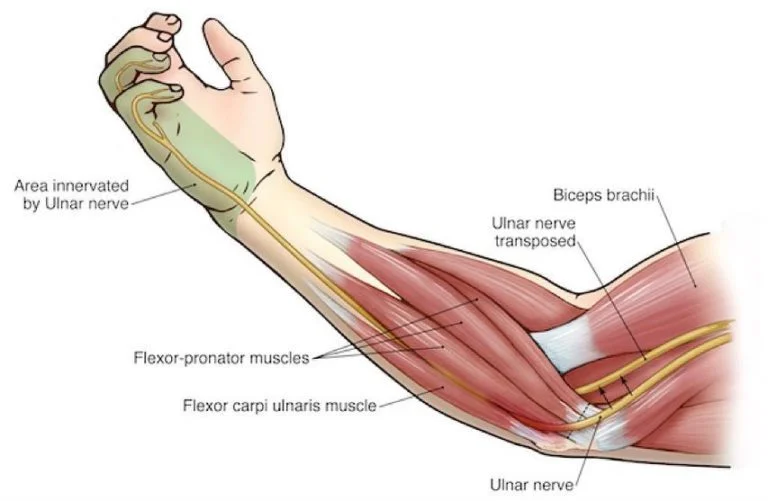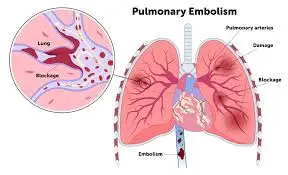Bicipital Tendonitis
Bicipital Tendonitis: What is it? Bicipital Tendonitis is caused by inflammation in the tendon of the upper biceps. This tendon, sometimes called the long head of the biceps tendon, joins the shoulder blade bone to the biceps muscle. Your elbow may also develop the problem. This overuse injury, also known as tendinitis, is frequently caused…

